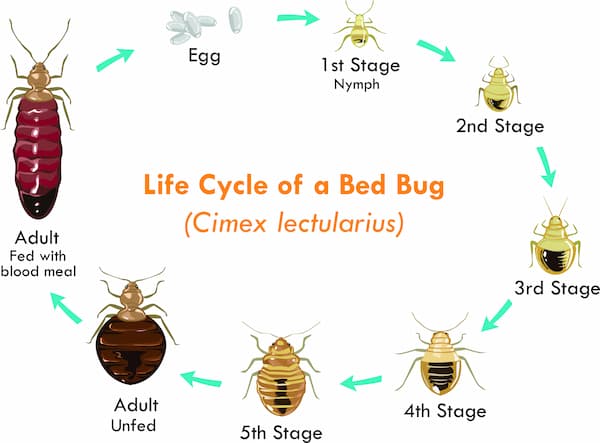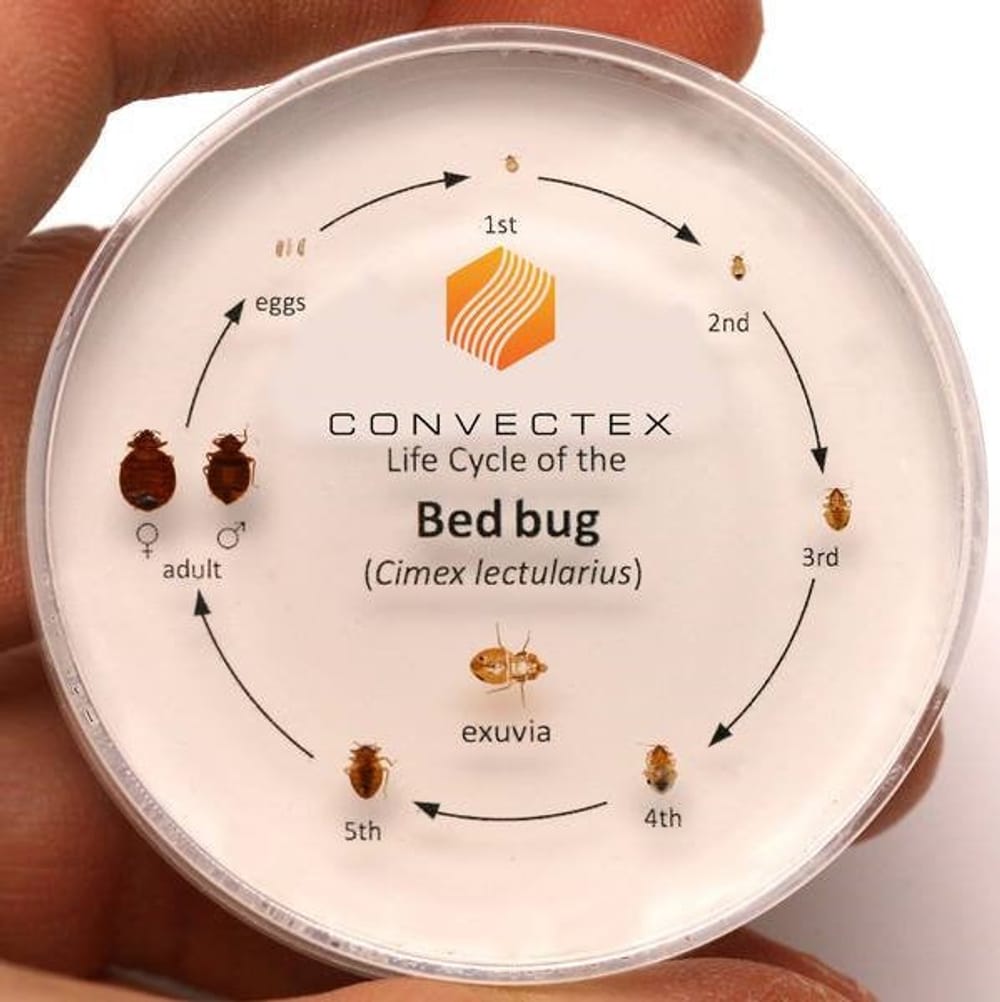Top Guidelines Of Bed Bug Services
A Biased View of Bed Bug Services
Table of ContentsThe Greatest Guide To Bed Bug ServicesOur Bed Bug Services StatementsThe Ultimate Guide To Bed Bug ServicesOur Bed Bug Services PDFs
A professional bed bug inspection is far more detailed than a casual glance and demands careful attention. Bed bugs are small, elusive, and adept at hiding that often dwell in small hiding places in furniture and walls. Because of their stealthy behavior, detailed examination is necessary to determine the presence and extent of an infestation. Professional inspectors rely on specialized equipment, systematic procedures, and experience to identify infestations early, preventing spread and further infestation.The first step in a proper inspection involves familiarizing oneself with the biology of bed bugs. Bed bugs belong to the Hemiptera group and experience multiple nymph stages before reaching adulthood. Adults are oval, flat, reddish-brown insects that lack wings and have long legs and antennae. Their mouthparts are designed to pierce skin and extract blood, resulting in clusters of itchy bites. Knowing these traits helps inspectors anticipate hiding spots.
Early detection is vital for stopping the problem from spreading. Professionals search for telltale signs such as dark spots of fecal matter, molted skins, and eggs (Bed Bug Services). Even one female can produce dozens of eggs quickly, potentially causing full-blown infestations. Evidence of shed exoskeletons or leftover eggs indicates active infestation and requires prompt inspection
Preparing for an inspection requires attention to detail. Inspectors often suggest tidying up spaces to allow full access, which facilitates examination of hard-to-reach areas. Bedding and linens may be washed in hot water and dried on high heat, and then kept in plastic bags to maintain cleanliness. Wall decor, mirrors, and pictures are sometimes moved to inspect behind frames. Vacuuming furniture and floors may capture visible bugs and eggs, and vacuum bags should be discarded carefully to avoid spreading.
Bed Bug Services Fundamentals Explained
The inspection itself is methodical and detailed. Inspectors start with beds and adjacent furniture, checking seams, folds, handles, and crevices. Upholstered furniture, including couches and chairs, is carefully examined, with attention to seams and cushions. Baseboards, moldings, the edges of wall-to-wall carpeting, electrical outlets, closets, and storage areas are methodically checked, as these can be common harborage sites.
Specialized tools enhance detection accuracy. Flashlights, magnifying lenses, multi-tools, and mirrors help inspect hard-to-see areas. Monitoring i thought about this devices like interceptor traps or sticky pads help track bed bug activity over time. Some companies use detection dogs, which detect even small infestations, distinguishing them from old evidence.

Meticulous documentation plays a critical role. Inspectors document all signs, infestation levels, and suggested measures. This supports transparency and helps with client communication. Residents are often asked to avoid disturbing potential infestation signs, as this ensures accurate results.
After inspection, a monitoring plan may be implemented to confirm the presence of bed bugs and track activity. Continuous monitoring identifies surviving insects after treatment, and asking residents about bites and sightings helps pinpoint problem areas. Cooperation from residents supports the inspection process.
Bed Bug Services Can Be Fun For Everyone

Professional inspections are more reliable than self-inspections. Trained inspectors spot discover this info here subtle signs overlooked by untrained eyes, prevent misdiagnosis, and provide certainty.
Bed bug inspections are particularly important in high-risk environments. Inspectors check neighboring rooms and shared spaces to confirm complete assessment (Bed Bug Services). This stops further spread
In summary, a professional bed bug inspection requires knowledge of bed bugs, property preparation, careful examination, tool utilization, record-keeping, and follow-up monitoring. Each step ensures reliable identification and management.
Bed Bug Services for Dummies
